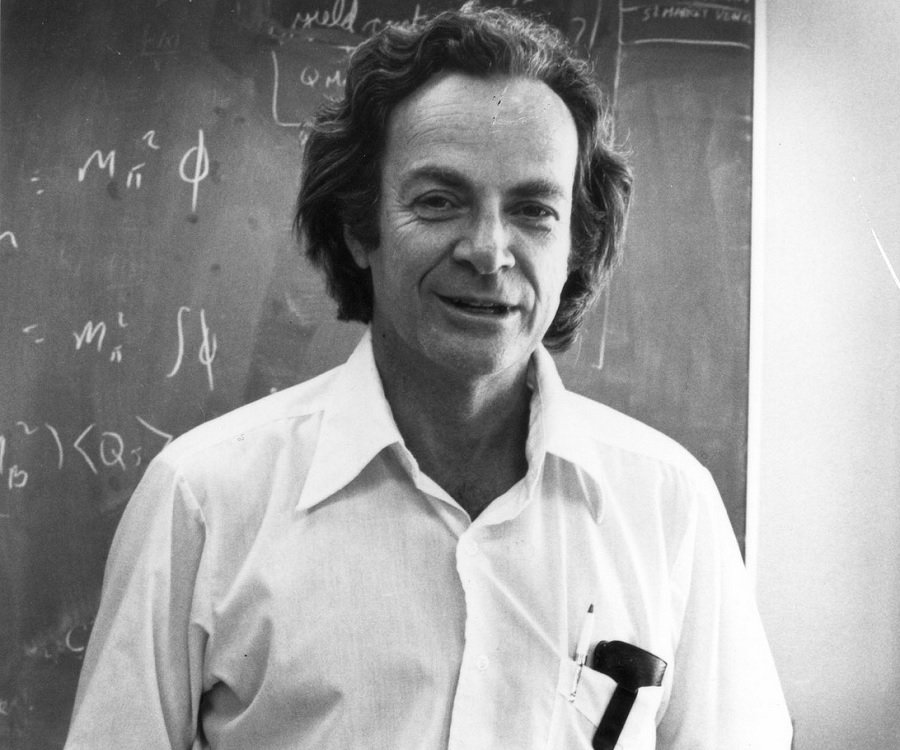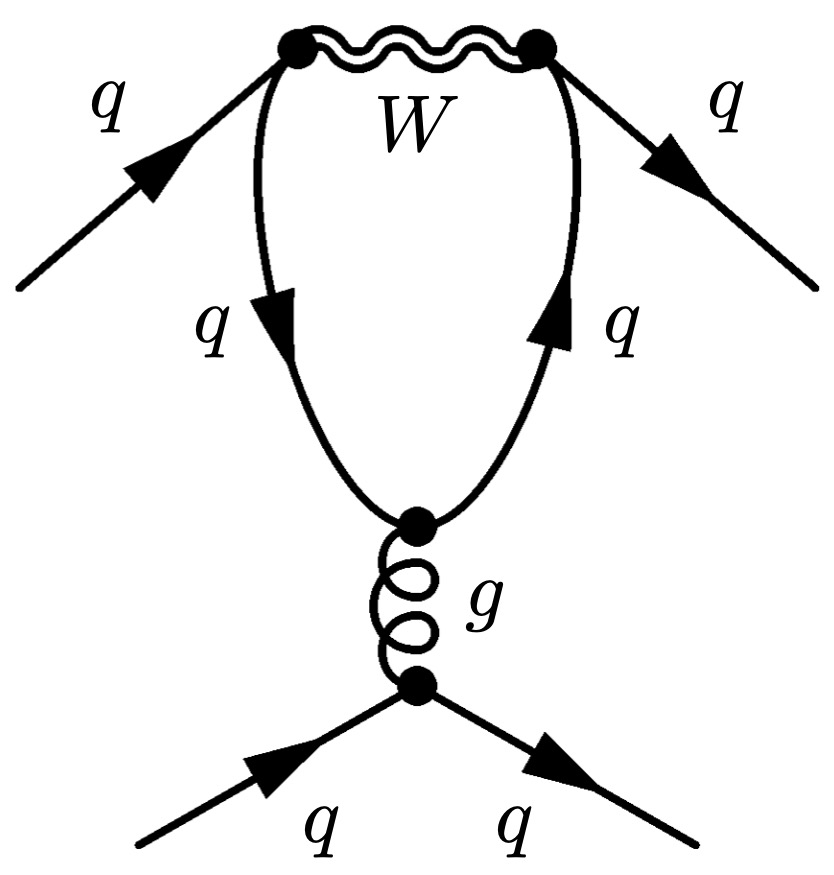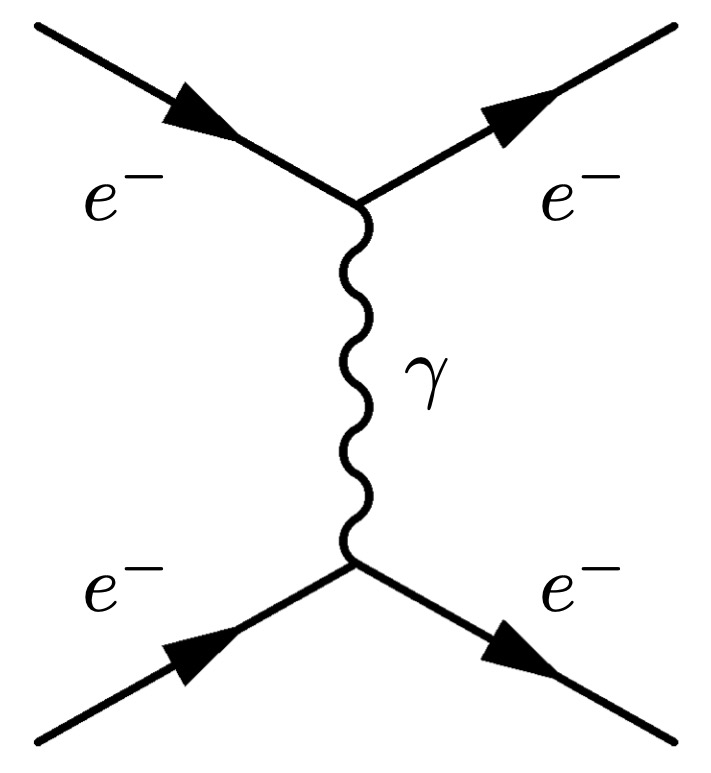In Feynman diagrams, particles are represented by lines, and the canvas on which the lines are drawn is space-time. Different lines correspond to different particles, and to each Feynman diagram is associated a natural process.
Feynman diagrams can easily explain a plethora of physical phenomena, impossible to experience in our everyday life, such as: the exchange of force-carriers in interactions, like the photon or the gluon, the concept of anti-particles, charge conservation and the equivalence of all fundamental particles.



